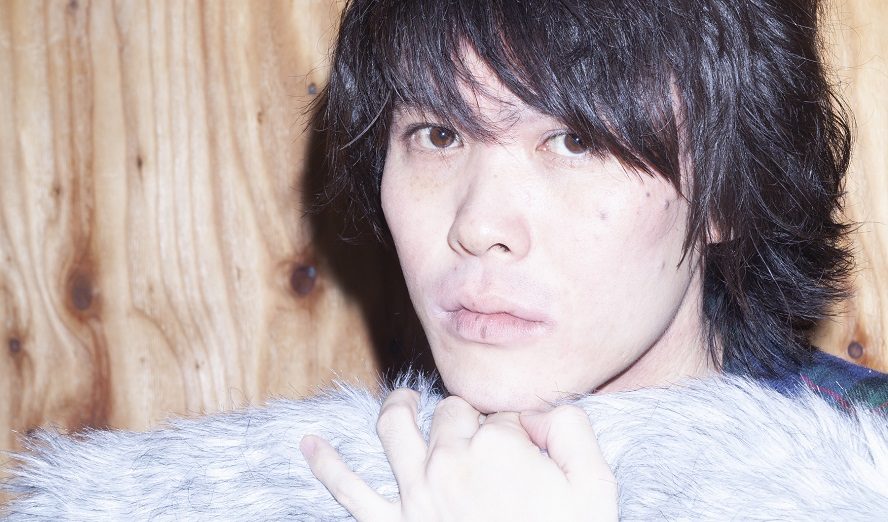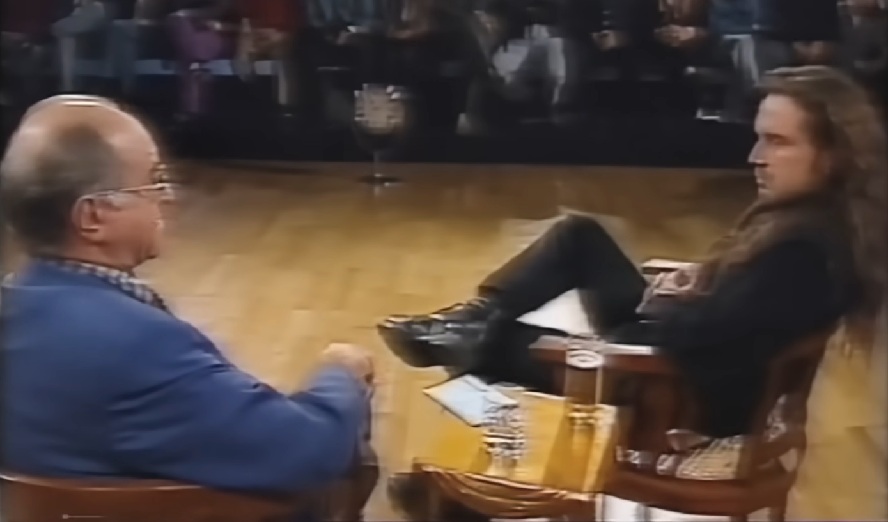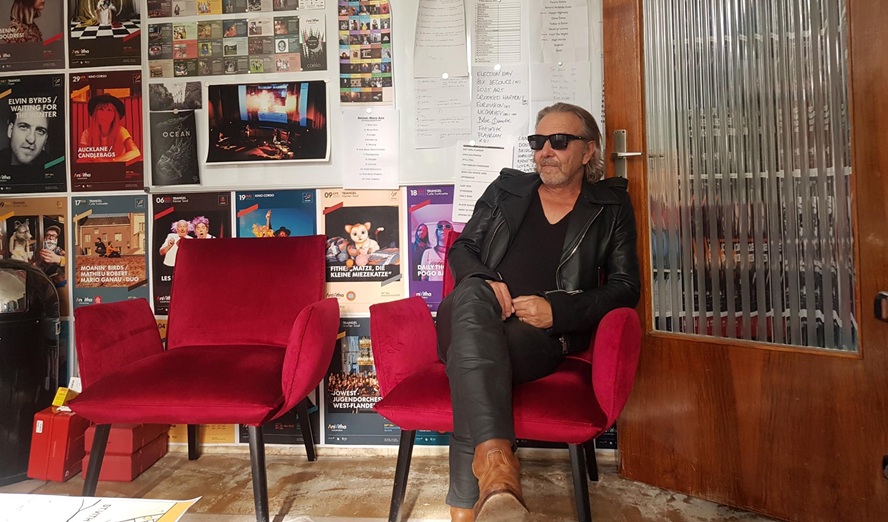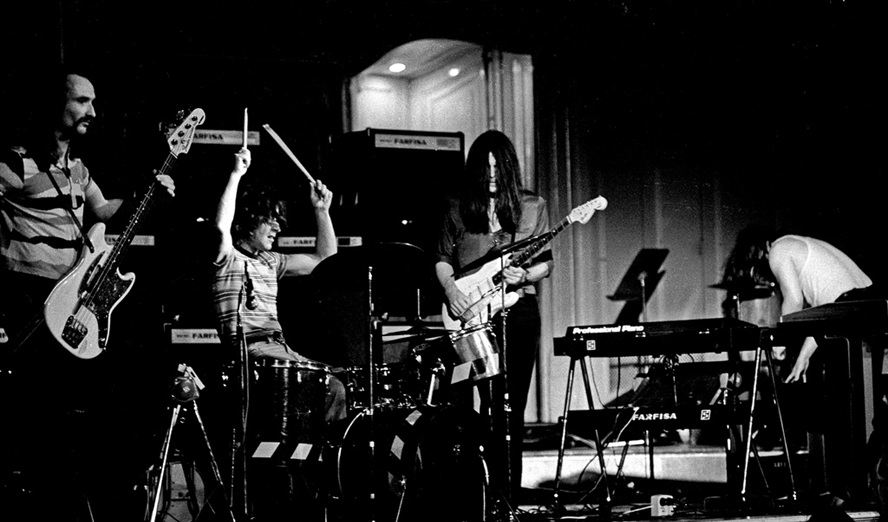Man darf Shohei Amimori dankbar sein, dass er seine akademische Bildung und Erfahrung nutzt, um die Landschaften moderner Musik zu durchstreifen und seine Kompositionen auf immer neuere Level zu befördern, statt … naja, statt nichts damit anzufangen. Dabei taucht er als Komponist in Popwelten ab, bewerkstelligt Soundinstallationen, Orchestralwerke, arbeitet in der Musikproduktion fürs Fernsehen oder taucht in der zeitgenössischen Kunst wieder auf. Seine Arbeit gehört wohl zum derzeit Spannendsten, was es in der (japanischen) experimentellen Elektronik-Avantgarde zu hören gibt. Und das vielleicht Wichtigste: Sein Albenœuvre ist dazu noch äußerst hörbar, gar hörer*innenfreundlich, ohne irgendwelche Gewohnheiten zu bedienen. Keine Musik fürs Regal, sondern zum immer wieder Hören. Überraschend, fordernd, fesselnd, unterhaltsam sind passende Adjektive. Anspieltipp ist das wunderbare »いまといつまでも«, ein glitch-poppiger, up-lifting Song, mit äußerst warmem und entspanntem Gesang, wie man ihn am ehesten von Lætitia Sadier (Stereolab) kennt, City-Pop-Atmosphäre, Glöckchen-Perkussionen und windig-hingehauchtem Gitarrensolo. Phänomenalst. Da hört man Einflüsse aus Ryuichi Sakamotos früheren Glanzzeiten, wenn er bei »Ajabollamente« süßeste Klaviermelodien spielt und mit Fremd-Sound bearbeitet. Dieses relativ straighte Stück wird dann von einem spacigen Sound-Experiment abgelöst. Tut aber nicht weh. Auf »ビエンナーレ« erklingen die 1980er/90er wieder, jedoch im neuen Gewand, denn Amimori bedient sich nicht nur irgendwelcher Versatzstücke, sondern mixt diese erfrischend miteinander, technisch und musikalisch einwandfrei. Im Gegenteil schafft es Amimori in der Eklektik seiner Einflüsse, das Ziel nicht aus den Augen zu verlieren und schafft ein äußerst »homogenes« Ganzes. Und diese Experimental-Tracks nehmen dem Album weder den Drive, noch langweilen sie. Nach seinem ersten Album »Sonasile« (2016, PROGRESSIVE FOrM) erscheint »PataMusic« jetzt auf dem japanischen Nobel-Label Noble.
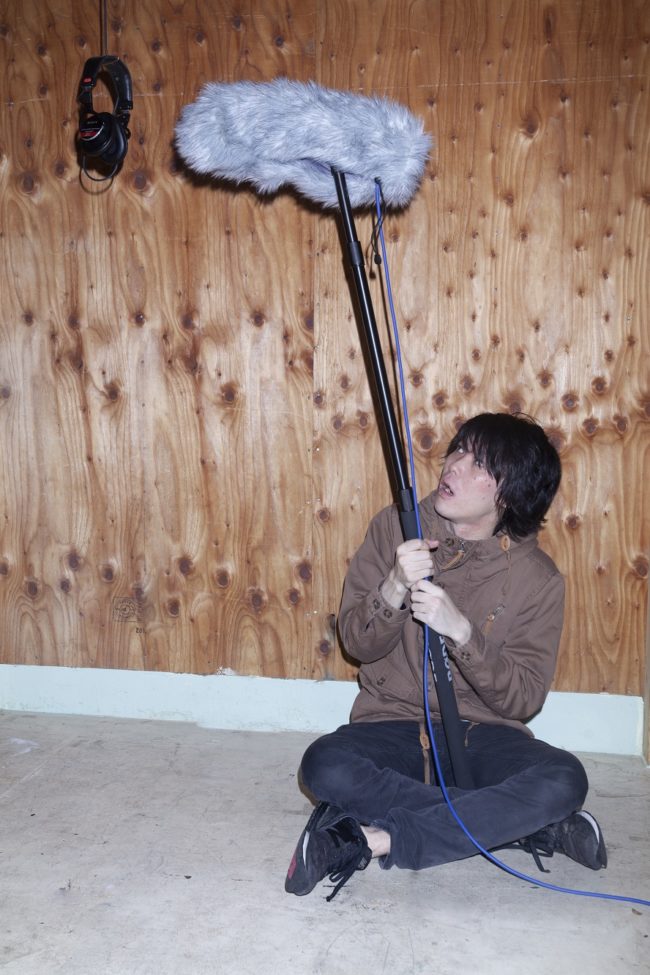
skug: Congratulations on your new album. I think it is a big step forward and at least as good as »Sonasile«, your previous one, which I already loved. How was working on it?
Shohei Amimori: Thank you very much. After the previous work, I presented sound installation works and an orchestral work of contemporary music and produced some commercial music. My new album was produced between such activities. Among those activities, I began to consider »What is the music?« including the artistic meanings and the commercial meanings. One consequence of that consideration is »PataMusic«.
When your previous album had lots of electronic, drill&bass-ish techno-elements, »PataMusic« adds a little glitchy J-Pop/J-Rock elements, even if it is hard to describe the very eclectic sound constructions as such. How would you describe what you are doing?
In this work, I dared put songs with the structure as traditional pop music and songs made only from sounds generated by synthesizer and computer programs into a single package. It is because I wanted to excessively render many musicalities and to highlight something like paradoxical experimentalism. For example, I thought that pop music could be heard experimentally more than the generated electronic sounds. I tried changing the view point for listening to music.
Your new record is released on Noble. How come? How does it feel to be part of such a great group of artists like, for example, World’s End Girlfriend, Daisuke Kashiwa or Sonotanotanpenz?
Noble’s owner Junji Kubo, who listened to »Sonasile«, invited me to join. Since I was a teenager in the 2000s, I was greatly influenced by artists of Noble, also those of Austrian label Mego and the German Mille Plateaux. So, I am very glad I could release »PataMusic« on a prestigious label with tradition and history.
When I started to listen to your first album – the first track, »Sonasile« – I thought I’d listen to the soundtrack of an Anime movie, like one of those by Hisaishi Joe or Masakatsu Takagi. »PataMusic« also shows lots of funny, humorous or just playful elements. Are you inspired by that kind of music and can you think of composing for films like that?
I hardly get influenced by animation music. However, I think there is a tendency for many of the great composers to handle soundtracks of anime movies. I don’t intend to compose like animation music by myself, but if my music is used in a place like animation, it’s very pleasing. I hope I have an opportunity to compose for animation someday.
Similar to Sakamoto, you combine traditional Japanese music with modern, let’s say more Western music. How important is staying in contact with the avant-garde and which artists do you consider as most important for yourself?
For me, it is universal to keep in touch with avant-garde. It can be said to be like eating. However, despite being born in Japan, many Japanese artists are unconsciously in contact with Western culture more than Japanese culture. There is a contradiction in their origins. Therefore, they need to rethink of »avant-garde« from its concept. In this way, Ryoji Ikeda is the most important artist for me. He has succeeded in showing universal elements like sine waves to avant-garde. His behavior is both Japanese and universal. I think that he is an indicator of all Japanese artists.

